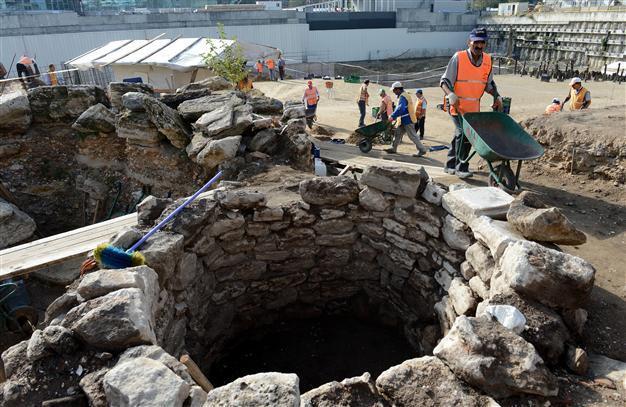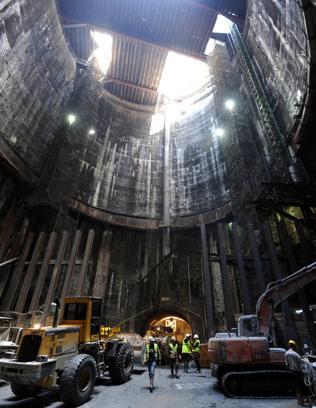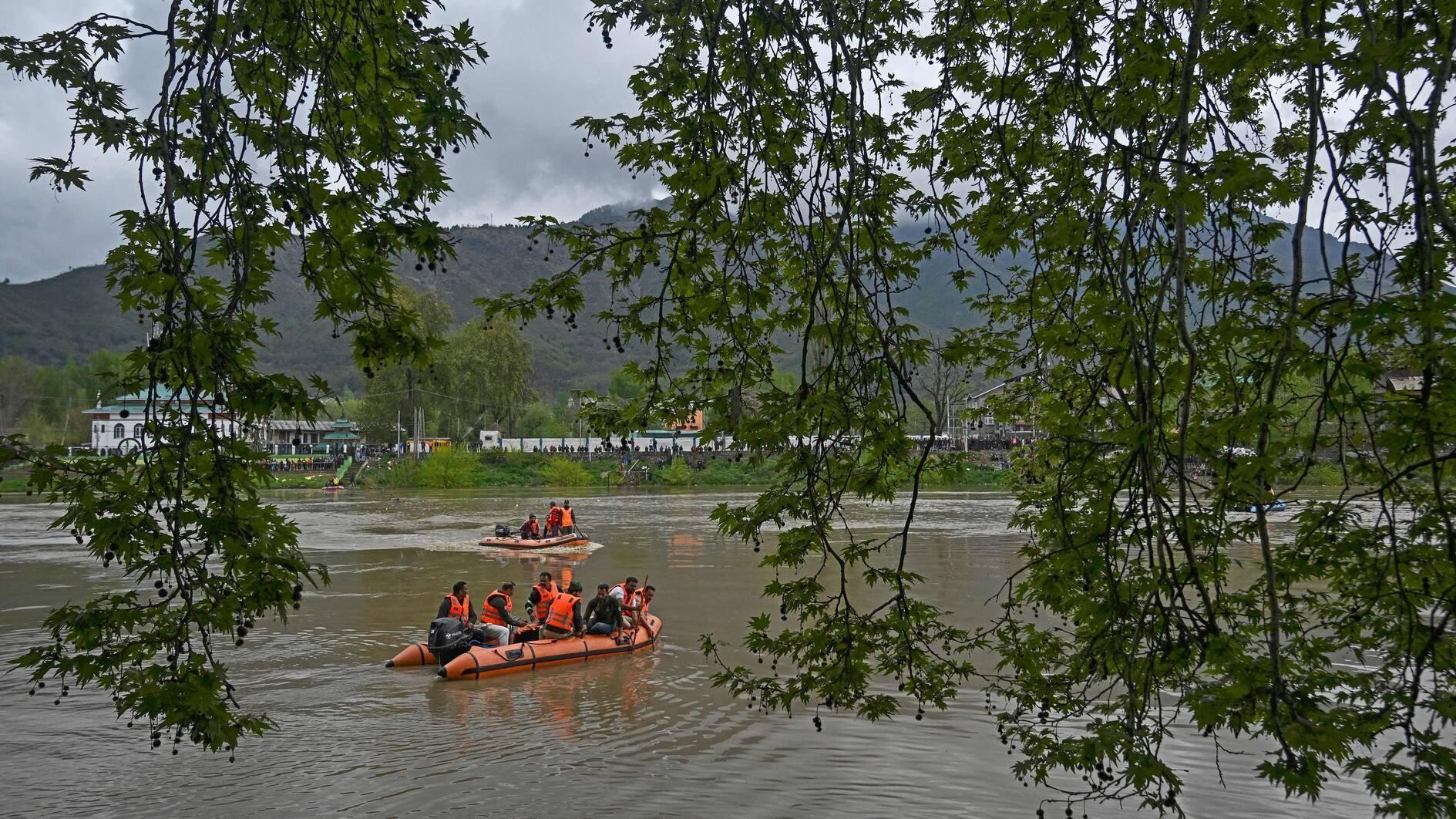Yenikapı excavations to finish
ISTANBUL - Anatolia News Agency

90 percent of the work is done both in the Marmaray and metro areas. ‘We have unearthed 35 to 40,000 boxes of objects,’ says Zeynep Kızıltan.
Archaeological excavations that started eight years ago under the authority of the Istanbul Archaeology Museum in order to accommodate the Marmaray Metro Project are about to end.The excavations, which revealed a history of Istanbul of up to 8,500 years, have so far unearthed boats, daily objects, maritime tools, footprints and other artifacts, which will be restored and displayed in a museum to be established in Yenikapı.
Istanbul Archaeology Museum Director and head of the Yenikapı excavations, Zeynep Kızıltan, said the excavations began in 2004. “We are done with 90 percent of our work both in the Marmaray and metro areas. But our laboratory work still continues. During this eight-year process, we unearthed settlement areas from the Neolithic, Byzantine, Ottoman and Republic periods,” she said.
Kızıltan said two significant discoveries had been made so far. “The first is the discovery of the Theodosius Port, one of the important transportation ports of Byzantine times and 35 boats from various periods in this port. Another important find is the Neolithic settlement, which is the earliest settlement in the historic peninsula. This is very important because the history of Istanbul dated back to a certain period so far. With these excavations we have established its history 8,500 years ago.”
Kızıltan said that the field survey of the Marmaray area was completed and that the laboratory work would be finished in a year, as the thousands of objects and tools that had been found during the excavations will take a long time to document.
She added that they also discovered significant objects during the Sirkeci and Üsküdar excavations carried out by the Istanbul Archaeology Museum.
 35,000 to 40,000 boxes
35,000 to 40,000 boxes“We have unearthed 35 to 40,000 boxes of objects such as amphora, pots, pans and metal objects from the excavation area. These objects are first documented in their own place and then sent to the laboratory for inventory,” Kızıltan said. “They are also sent to the restoration and conservation workshop for cleaning, drawing and photographing. Each piece gets an identity card. Finally, they are sent to the Istanbul Archaeology Museum for display.”
She said that they worked with a very large team in Yenikapı and collaborated with relevant departments from many Turkish and foreign universities in addition to the Istanbul Archaeology Museum’s specialists and archaeologists. In total, “500 workers and 60 specialists worked for 24 hours a day on three shifts,” she said.
The Istanbul Metropolitan Municipality has organized a design competition for the future Yenikapı museum, where artifacts will be displayed. Three projects are in competition for the project but one will be used.
Kızıltan said extended restoration work must be undertaken on the historic boats discovered. “Because these boats are wet and made of organic material, they were examined by experts and taken under protection. They will be cleaned of salt through a method called ‘passive conservation.’ Then they will be treated with chemicals and dried. Each piece of these boats will be reattached to each other for display. All these operations will take 5-10 years,” she said.
They also unearthed some 2,000 footprints from the Neolithic period. “The soil where we found these footprints has been frozen and later on the pieces will be attached to each other just like a jigsaw puzzle. These footprints will also be displayed in the museum,” Kızıltan said.
















